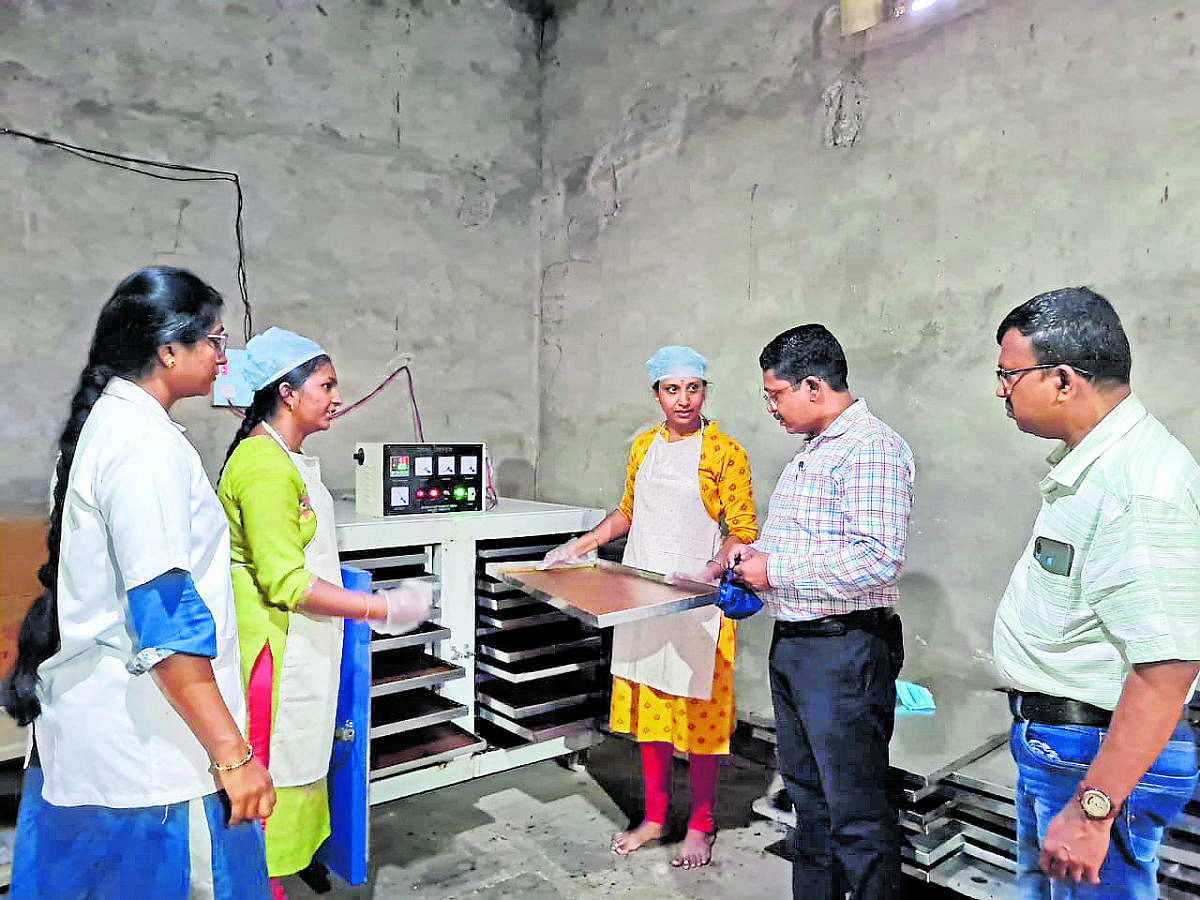

In the midst of the adversities caused by the Covid pandemic, a few anjur (fig) cultivators from Kurgod in Ballari district have found an opportunity — in the form of fig byproducts. The processing of the fruit extends its very short shelf life.
As a result, figs that would otherwise rot within three to four days are now being processed to create products such as rolls, barfi and jams that can be preserved and savoured for close to six months.
Figs are all-weather crops, and one hectare of figs can produce eight to 10 tonnes of fruits annually. These fruits have to be harvested daily. However, during the Covid-induced lockdown, when transportation was not functional, farmers sustained huge losses.
As a result, land under fig cultivation shrunk from 1,100 hectares of land in 2018-19 to just 400 hectares in 2020-21. Pomegranates and chillies took over most of this land.
However, this year, more than 300 farmers began cultivating figs on nearly 600 hectares of land. Officials are hopeful that in the next two to three years, figs will regain lost ground.
One of the main reasons farmers are returning to fig cultivation is the setting up of processing units in Kurgod.
The fruits are in great demand due to their medicinal value, says Sudha K, who runs a joint fig processing venture. Making byproducts such as rolls, barfi or jam has multiplied the demand. The fruit sells for Rs 30 to Rs 35 per kg. However, the sweet sells at Rs 450 to Rs 600 a kg.
Manufacturing one kg of rolls, barfi or jam requires 3 kg of fruit. A measure of jaggery and citric acid is also added. “Every day, we make 150 kg of byproducts by collecting fruits from 10 farmers. All the finished products are flying off the shelves,” Sudha says.
Currently, the byproducts are being sent to Chennai, Hyderabad, Vijayawada and other cities in Andhra Pradesh and Telangana.
The byproducts were developed by a team at the Indian Council of Agricultural Research (ICAR) Krishi Vigyan Kendra, Hagari. “We can come up with even more byproducts, with further research. The fruit is good for diabetic and anaemic patients,” says Dr Shilpa H, the scientist who led the team.
This will help increase the farmers’ income, says Srinivas Raju, a horticulture consultant.
Compared to the Dayana variety that is used for making dry anjur, the Ballari variety is softer and sweeter. Therefore, it cannot be used for making dry fruit.
“Currently, we lack the technology to prepare more byproducts. We can manufacture wine, powder and juice. We are collaborating with other institutes to get those technologies. However, the cost of the equipment is very high and not every farmer can afford it,” Shilpa adds.
Farmers say that the fruit, which has several health benefits, can be utilised better if the government comes up with a cooperative society to not only trade but also conduct research.
Ballari Deputy Director of Horticulture Sharanabasappa P Bhogi says that the department is encouraging self-help groups to get financial aid from the government.